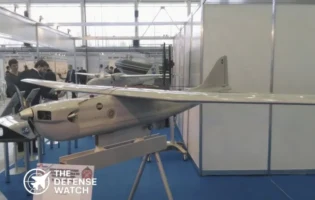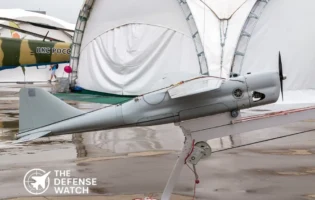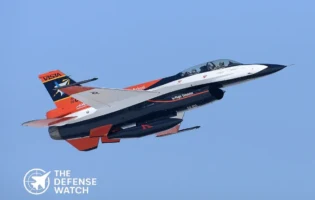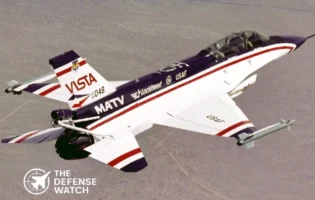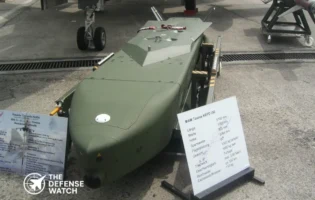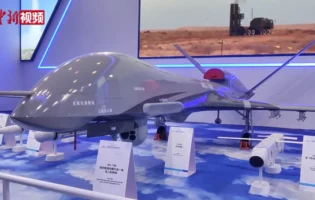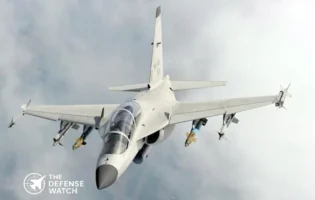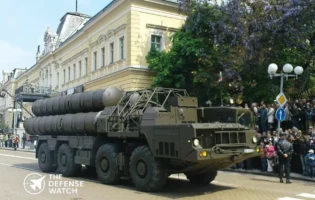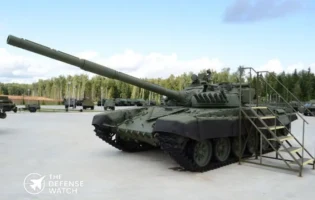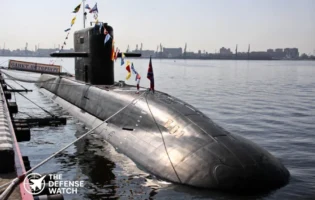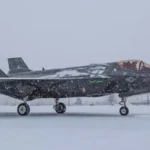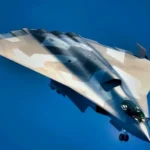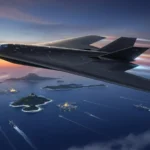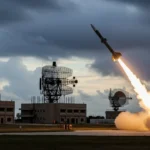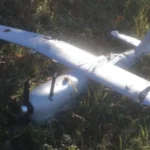- Home
- Catalog
- Fighter Jets
- Chengdu J-20 Mighty Dragon Fighter Jet
Chengdu J-20 Mighty Dragon Fighter Jet




Full Specifications
General Information
| Name | Chengdu J-20 Mighty Dragon |
| Manufacturer | Chengdu Aerospace Corporation (CAC) |
| Country of Origin | China |
| Type / Role | Stealth Air Superiority / Multirole Fighter |
| Generation | 5th Generation |
| Status | In Active Service |
| First Flight | January 11, 2011 |
| Introduction / In Service Since | March 2017 |
| Number Built | 200+ (estimated as of 2025) |
| Operators | People’s Liberation Army Air Force (PLAAF) |
Dimensions & Structure
| Length | 20.4 m (67 ft) |
| Wingspan | 13.5 m (44 ft) |
| Height | 4.45 m (14.6 ft) |
| Wing Area | ~78 m² |
| Empty Weight | 19,000 kg |
| Maximum Takeoff Weight (MTOW) | 37,000 kg |
| Internal Weapons Bay | 2 main + 2 side bays |
| External Hardpoints | 4 (optional) |
Performance
| Maximum Speed | Mach 2.0+ |
| Range | 2,000 km |
| Combat Radius | 1,100 km |
| Service Ceiling | 66,000 ft (20,000 m) |
| Rate of Climb | 60,000 ft/min |
| Thrust-to-Weight Ratio | ~1.1 |
| G Limits | +9 G |
Powerplant
| Engine Type | WS-15 (or AL-31FM2 on earlier units) |
| No. of Engines | 2 |
| Thrust (each) | 30,000 lbf (WS-15, projected) |
| Thrust Vectoring | Yes (newer variants) |
| Fuel Capacity | ~25,000 lb (internal) |
Armament
| Gun | None (internal space optimized for stealth) |
| Missiles (Air-to-Air) | PL-10, PL-15, PL-21 (future) |
| Missiles (Air-to-Ground) | KD-series guided missiles |
| Bombs | Precision-guided bombs (optional) |
| Hardpoints | 4 external (non-stealth use) |
| Payload Capacity | ~11,000 kg |
Avionics & Systems
| Radar | Type 1475 AESA radar |
| Radar Range | ~200+ km |
| Electronic Warfare (EW) System | Integrated ECM suite |
| Targeting System | Electro-Optical Targeting System (EOTS) |
| Helmet Display | Yes |
| Navigation | Inertial + Satellite-assisted |
| Autopilot / AI Assistance | Semi-autonomous flight control |
| Communication | Encrypted data links, satellite comms |
Stealth & Technology
| Radar Cross Section (RCS) | Estimated 0.025–0.1 m² |
| Stealth Features | Shaping, RAM coating, internal bays |
| Infrared Signature Reduction | Engine shrouds, thermal coating |
| Sensor Fusion | Yes |
| Networking Capabilities | Integrated with PLAAF command networks |
Variants
| Special Export Versions | Experimental electronic warfare variant |
Operational History
| Major Conflicts / Deployments | None confirmed |
| Notable Operators | PLAAF |
| Combat Proven? | Not yet combat-tested |
| Mission Types | Air superiority, long-range interception, precision strike |
Cost & Program
| Unit Cost | ~$100–120 million (estimated) |
| Development Cost | Classified |
| Program Name | Mighty Dragon Program |
| Funding Countries | China |
Additional Information
| Upgrades Planned | WS-15 engine, new avionics, EW enhancements |
| Future Replacement | None (core 5th-gen fleet) |
| Export Restrictions | Not for export |
| Notable Achievements | First operational stealth fighter in Asia |
| Competitors | F-22 Raptor, F-35 Lightning II, Su-57 Felon |
PROS
- Advanced stealth shaping and radar-absorbent coating
- Long-range capability for deep-strike missions
- AESA radar and high-end avionics suite
- Powerful PL-15 long-range missile integration
- Continuous modernization and WS-15 engine upgrades
CONS
- Limited combat testing and real-world experience
- Engine reliability issues (older variants)
- Less agile than Western counterparts
- Dependence on imported components (early versions)
- Limited transparency on actual performance
Chengdu J-20 Mighty Dragon Stealth Fighter:
The Chengdu J-20 Mighty Dragon represents China’s most advanced leap into fifth-generation stealth technology. Developed by Chengdu Aerospace Corporation under the Aviation Industry Corporation of China (AVIC), the J-20 was designed to assert Chinese air dominance in the Asia-Pacific region and beyond. First flown in 2011 and entering service in 2017, it stands as the People’s Liberation Army Air Force (PLAAF) flagship air-superiority and strike platform.
Design and Capabilities
Engineered for stealth and long-range engagement, the J-20’s sleek delta canard design, blended fuselage, and radar-absorbent materials minimize radar cross-section. It is powered by twin turbofan engines—initially Russian AL-31Fs, but now transitioning to indigenous WS-15 engines with thrust-vectoring control. The aircraft can reach speeds over Mach 2 and has a combat radius exceeding 1,100 km.
The J-20 integrates Active Electronically Scanned Array (AESA) radar, Electro-Optical Targeting Systems (EOTS), and advanced sensor fusion for networked warfare. Internal weapons bays conceal PL-10 short-range and PL-15 beyond-visual-range missiles, maintaining stealth while ensuring lethality. Its situational awareness and AI-assisted cockpit design reflect China’s growing sophistication in next-gen avionics.
Operational Role
Intended primarily for air superiority, deep strike, and anti-access/area denial (A2/AD) missions, the J-20 supports China’s strategic goal of deterring regional threats and countering U.S. assets like the F-22 and F-35. Although not yet fully combat-proven, the J-20 continues to evolve with new radar, engine, and electronic warfare upgrades.
Variants
| Field | Example |
|---|---|
| J-20A | Initial production model |
| J-20B | Upgraded variant with WS-15 engines |
| J-20S (Twin-Seat) | Experimental electronic warfare variant |
Reviews
Disclaimer Note
The information provided on TheDefenseWatch.com is for general informational purposes only. While we strive to ensure the accuracy, completeness, and timeliness of our content regarding defense and aerospace products, technologies, and specifications, we cannot guarantee that all information is 100% accurate or up-to-date due to the evolving nature of military technology and classified data. TheDefenseWatch.com does not warrant the reliability, suitability, or availability of the information for any specific purpose. Users are advised to consult official sources, such as manufacturers, government publications, or defense agencies, for precise and verified data before making decisions based on our content. We are not affiliated with any defense manufacturers, governments, or military organizations mentioned. Opinions, reviews, and ratings reflect expert analysis but are subjective and should not be considered endorsements. TheDefenseWatch.com is not responsible for any errors, omissions, or consequences arising from the use of this website’s content. External links are provided for convenience and do not imply endorsement. TheDefenseWatch.com reserves the right to update or modify content without prior notice. By using this website, you agree to our Privacy & Cookies Policy.

